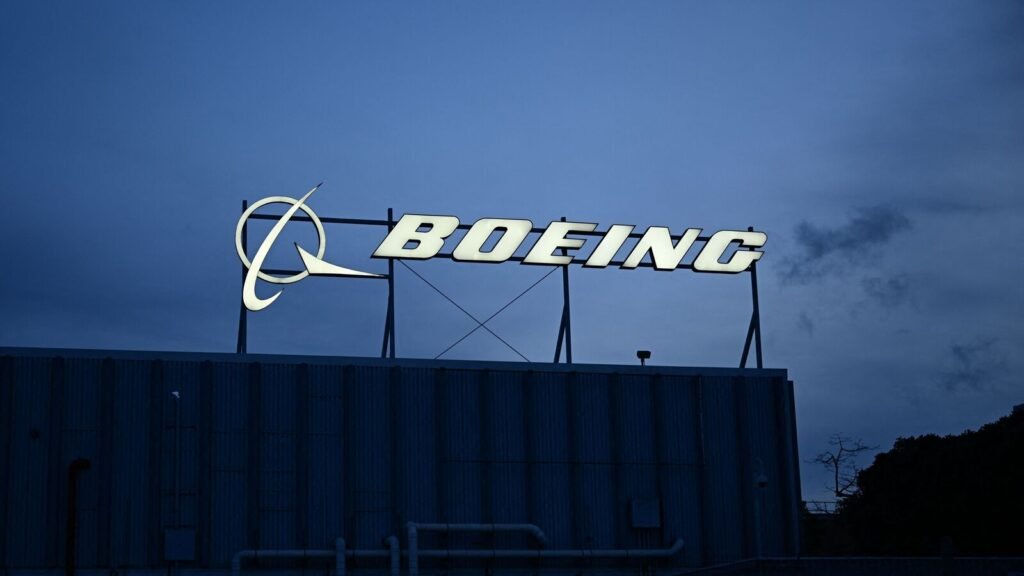Mint Explainer: Why Boeing is making headlines again

Aircraft manufacturer Boeing is back in the spotlight after an incident on a LATAM Airlines flight involving one of its planes. This incident emerges amid an ongoing investigation into a door plug issue on an Alaska Airlines flight, signalling a challenging year ahead for the US aerospace giant. Mint delves deeper into the development.
The LATAM Airlines flight LA800
A LATAM Airlines flight LA800, carrying 263 passengers and nine crew members, experienced a “strong movement” on 11 March while en route from Sydney to Auckland, affecting approximately 50 people on board. Upon landing in Auckland, at least 10 passengers and three cabin crew members required medical attention due to the severity of the incident.
The probe into the cause of the “strong movement” is ongoing, with social media reports highlighting the severe impact on passengers, some of whom described the sensation as akin to a sudden plunge.
The aircraft involved, a Boeing 787-9 Dreamliner registered as CC-BGG, is over eight years old and was delivered to the Chile-based airline in 2015. The Transport Accident Investigation Commission of New Zealand reported that the incident, occurring about 250 nautical miles from Auckland over the Tasman Sea, was due to a “technical problem” leading to the unexpected movement.
Given that it involves a Chilean airline and occurred in international airspace, Chile is leading the investigation. New Zealand authorities are assisting by collecting evidence, which includes the cockpit voice and flight data recorders
“We are thinking of the passengers and crew from flight LA800, and we commend everyone involved in the response effort. We are in contact with our customer, and Boeing stands ready to support investigation-related activities as requested,” the manufacturer has said in a statement.
Ongoing scrutiny over safety concerns
Moreover, this recent LATAM incident has come even as Boeing faces scrutiny regarding the Alaska Airlines flight 1282 accident involving a Boeing 737 MAX 9 aircraft.
On 5 January, shortly after taking off from Portland for Ontario, the Alaska Airlines flight experienced an uncontrolled decompression due to a door plug malfunction, necessitating an emergency return to Portland. Several passengers required medical attention upon landing, leading to the temporary grounding of the Boeing 737 MAX 9 fleet by the Federal Aviation Administration (FAA) for additional inspections.
Not only that, India’s aviation regulator also directed all Indian airlines with Boeing 737 MAX 8 aircraft to conduct additional maintenance checks of all wing emergency exits.
Boeing’s challenges have been compounded by difficulties in providing details about the team responsible for the aircraft door’s opening, closing, and removal—concerning the Alaska Airlines incident—to National Transportation Safety Board investigators
“With respect to documentation, if the door plug removal was undocumented there would be no documentation to share,” Boeing commercial planes chief executive Stan Deal said on 6 March.
Boeing’s setbacks
Boeing has faced several setbacks in recent years, including the two-year global grounding of the Boeing 737 MAX aircraft due to two fatal accidents and multiple pauses in B787 Dreamliner deliveries for additional FAA-mandated inspections. These incidents have reignited concerns over production quality at Boeing.
Red flags
Further compounding these challenges, a recent communication with employees has brought to light the significant internal hurdles Boeing must overcome. On 12 March, Boeing’s chief executive, Deal, shared insights into the formidable challenges confronting the aerospace giant, which delivers over 600 commercial aircraft in a year.
“FAA inspectors went deep into our Renton factories in January and February to audit our production and quality control. They examined (Boeing) 737 work instructions, monitored mechanics, inspected for defects, and more. The vast majority of our audit non-compliances involved not following our approved processes and procedures,” Deal said.
A panel of industry experts also found that Boeing’s safety management system reflects global standards, but procedures are too complicated, with constant changes, he added.
As Boeing embarks on implementing measures to enhance the quality of inspections both within its own operations and across its suppliers’ factories, the path to regaining trust appears long and fraught with challenges, according to industry experts.
